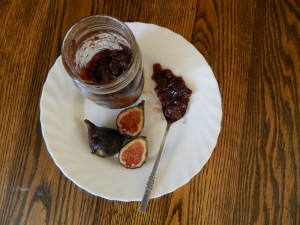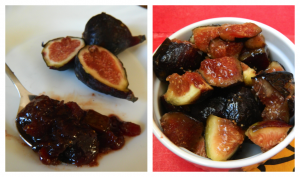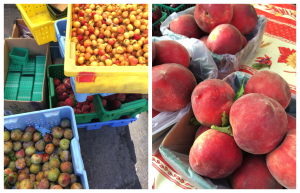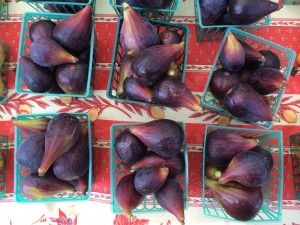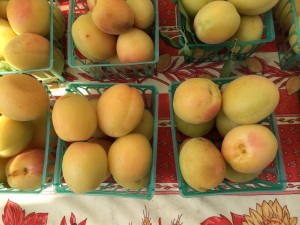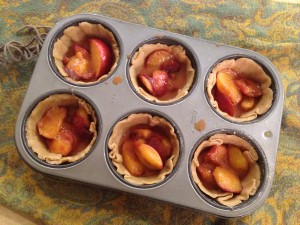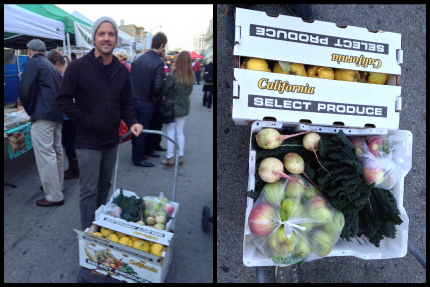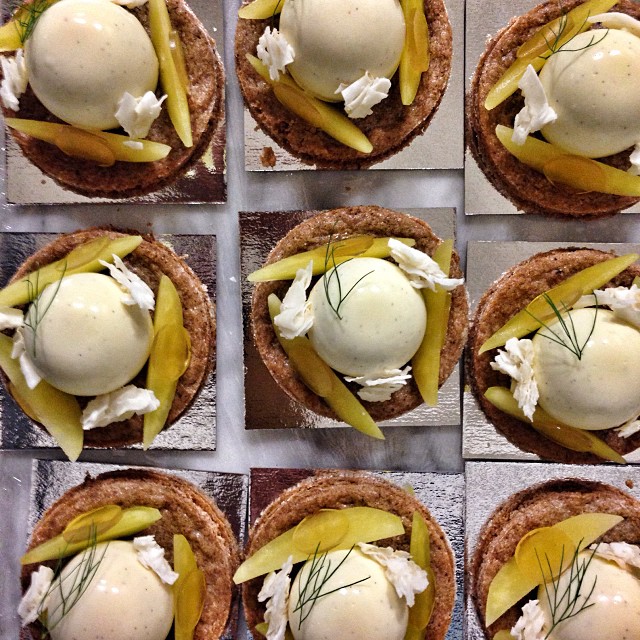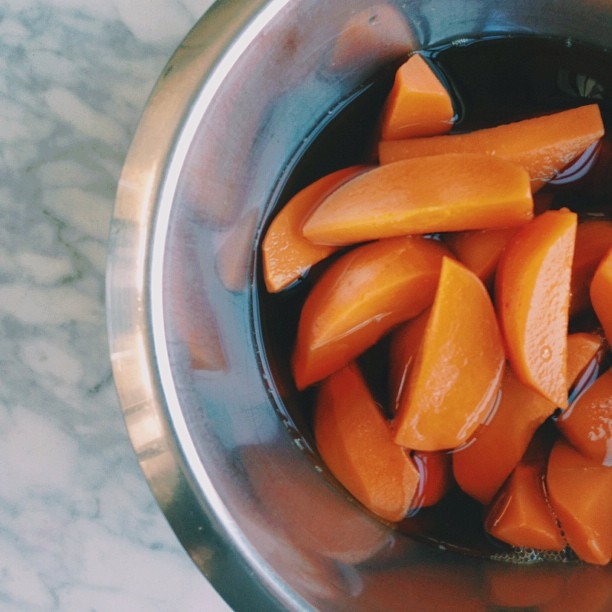I usually say I don’t like nice things––too much pressure, too fancy, makes me feel like a jerk, etc.
But when the nice thing is something that you make for yourself and costs about six dollars, it’s worth it, right?
As my first spoonful of this chutney made its way towards my mouth, I felt a little bit nervous. I wasn’t sure about how much ginger I had added, I hadn’t made chutney before, and I felt a lot of pressure for this to be really good––when would I have three 1/2 more figs again to use at my leisure? But the first taste was surprising––electric. This chutney is better than good: I want it spread on every slice of bread I have in my house, on the side of every vegetable I eat this week, and over vanilla ice cream for desert.
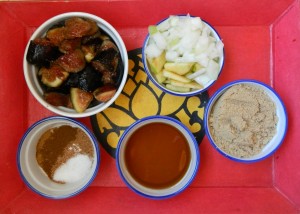
This chutney only uses six main ingredients, most of which you will likely already have in your pantry. And it is surprisingly easy to make; I finished the process during the–heartbreaking–United States vs. Portugal soccer game last Sunday. Oh––did I mention that this would make a great dip for a World Cup viewing party? Put it on wheat crackers, toasted slices of baguette with basil, or strips of corn tortilla.
Chutney differs from jam (even savory jam!) because it is made with larger chunks of fruit and is simmered for a shorter length of time, leading to less water evaporating and fruit congealing. To determine whether your chutney is done simmering, draw a line through it with a wooden spoon. If the chutney fills the line back in immediately, it isn’t done. If the line holds, and you can see the bottom of the pot, your chutney is ready to eat.
This Thursday, Arata Farms will be bringing their last batch of Black Mission Figs! Get a basket before they go, and then try this chutney out. Let me know how it goes by tweeting @missionmercado, or leaving a comment below.
I already can’t wait for Arata’s White Kadota Fig season––I’m picturing a sweet chutney with white wine and raisins.
Fig-Ginger Chutney
Recipe adapted from Not Enough Cinnamon. The full recipe appears after the jump.

